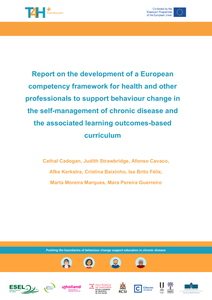With the increased adoption of real-time objective measurements of player experience, advances have been made in characterising the dynamically changing aspects of the player experience during gameplay itself. A direct coupling to player action, however, is not without challenges. Many physiological responses, for instance, have an inherent delay, and often take some time to return to a baseline, providing challenges of interpretation when analysing rapidly changing gameplay on a micro level of interaction. The development of event-related, or phasic, measurements directly coupled to player actions provides additional insights, for instance through player modelling, but also through the use of behavioural characteristics of the human computer interaction itself. In this study, we focused on the latter, and measured keyboard pressure in a number of different, fast-paced action games. In this particular case, we related specific functional game actions (keyboard presses) to experiential player behaviour. We found keyboard pressure to be higher for avoidance as compared to approach-oriented actions. Additionally, the difference between avoidance and approach keyboard pressure related to levels of arousal. The findings illustrate the application potential of qualifying players’ functional actions at play (navigating in a game) and interpret player experience related to these actions through players’ real world behavioural characteristics like interface pressure.
MULTIFILE

(‘Co’-)Designing for healthy behaviour greatly benefits from integrating insights about individual behaviour and systemic influences. This study reports our experiences in using insights about individual and systemic determinants of behaviour to inform a large co-design project. To do so, we used two design tools that encourage focusing on individual determinants (Behavioural Lenses Approach) and social / systemic aspects of behaviour (Socionas). We performed a qualitative analysis to identify 1) when and how the team applied the design tools, and 2) how the tools supported or obstructed the design process. The results show that both tools had their distinctive uses during the process. Both tools improved the co-design process by deepening the conversations and underpinnings of the prototypes. Using the Behavioural Lenses under the guidance of a behavioural expert proved most beneficial. Furthermore, the Socionas showed the most potential when interacting with stakeholders, i.c. parents and PPTs.
MULTIFILE

Chronic diseases represent a significant burden for the society and health systems; addressing this burden is a key goal of the European Union policy. Health and other professionals are expected to deliver behaviour change support to persons with chronic disease. A skill gap in behaviour change support has been identified, and there is room for improvement. Train4Health is a strategic partnership involving seven European Institutions in five countries, which seeks to improve behaviour change support competencies for the self-management of chronic disease. The project envisages a continuum in behaviour change support education, in which an interprofessional competency framework, relevant for those currently practising, guides the development of a learning outcomes-based curriculum and an educational package for future professionals (today’s undergraduate students).
DOCUMENT
